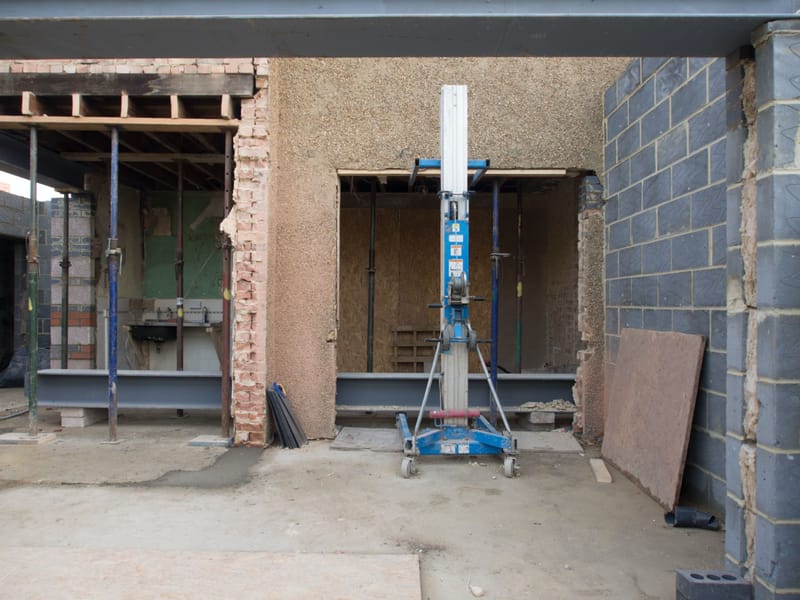Cyclone- and Earthquake- Resistant Houses

Goals
To allow access to unused labour hours from the unemployed individuals willing to join the Mutual Aid Group that focuses on reinforcing houses. Mutual Aid Groups working in this area of focus will help make the houses of the communal section resistant to category five cyclones and earthquakes to reduce the level of recurrent damages and destruction, loss of life, and injury from hurricanes and earthquakes, increasing personal financial security.
Overview
- Mutual Aid Groups in this area of focus consist of skilled construction workers who will learn and apply the fundamental principles of cyclone- and earthquake-resistant construction to make cyclone- and earthquake-resistant each house in the Communal Section. The Mutual Aid Group members use their tools, and their transportation means. They also receive a monthly participation incentive from Reciprocitas and weekly training. A Mutual Aid Group facilitator supervises them. The Mutual Aid Group Facilitators receive training to conduct groups and keep records. They are not subject-matter experts. A Communal Section may have more than one Mutual Aid Group focusing on building and maintaining cyclone- and earthquake-resistant houses.
- Homeowners whose houses were made storm- and earthquake-resistant, in return, participate freely in constructing multi-functional storm shelters in the communal section and help reinforce other homes in their neighborhood. Furthermore, they join Farmers Field Schools when these are available in their communities. They obtain suitable seeds, tools, and other items necessary for plant nurseries and donate plants to be used by the tree planters and stormwater workers in their reforestation engagement.
Job Description
- They assist families in selecting house plans which meet their needs and are within their budget.
- They develop cost estimates for construction materials and any subcontracting that will be required.
- They supervise and train families in the proper construction of their houses.
- They choose tree locations carefully to avoid the full force of the wind or flood.
- They use a building layout with a simple, regular shape to avoid the concentration of pressure.
- They build the roof at an angle of 30° to 45° to prevent it from being lifted off by the wind.
- They avoid wide roof overhangs; separate the veranda structure from the house.
- They make sure the foundations, walls, and roof structure are all firmly fixed together.
- They reinforce the bracing in the structure; strengthen walls and joints/ junctions to increase stiffness.
- They make sure the roof covering is firmly attached to the roof structure to prevent it from lifting.
- If doors and shutters cannot be closed, they make sure there are opposing openings to reduce pressure build-up.
- They use doors and shutters that can be closed.
- They plant trees around the house as windbreaks and reduce water flow, but not too close.
- They get people to build safely and yet in a manner related to local building needs, styles, and families' financial resources.
- They help build storm shelters in the communal section.
- They follow existing national and international guidelines for para-seismic and para-cyclonic building construction and reinforcement.